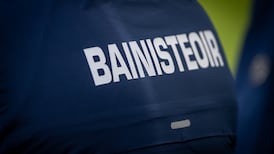We were in the television studio in Portlaoise early on Saturday so I got a perfect view of Dublin as they pulled into the ground. Everything about their arrival was impressive.
On the drive down, I noticed that the All-Ireland champions were 200/1 on to win and that Carlow, meanwhile, were 33/1. The scale of the odds disturbed me.
Everyone reads Animal Farm at some stage in school and there is a reason why that line about all animals being equal, but some are more equal than others, has become so widely quoted. You see it in all walks of life. More than ever, it has become the governing truth of Gaelic football.
Everything about Dublin’s arrival looked sleek and polished and purposeful. It was an operation. The coach looked good. You could see they had a big support staff in their ranks. The players went about their business; the coaching staff prepared the pitch for their pre-match drills. Everyone had a clearly defined role and they followed it.
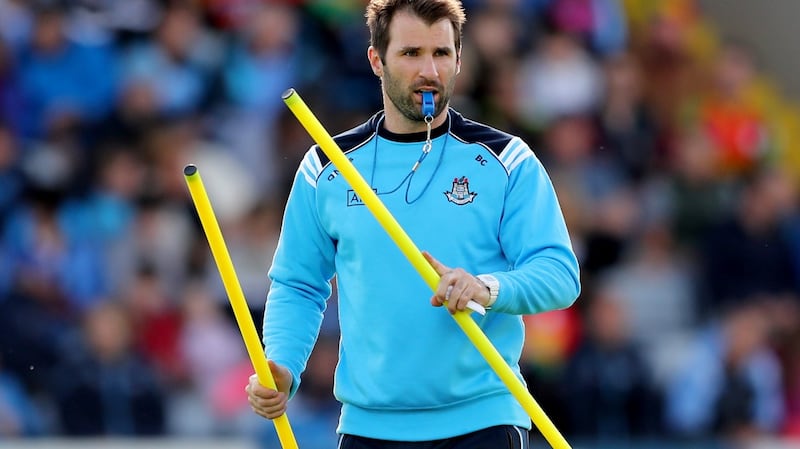
And on one level, it was wonderful to see the best team in an amateur sport achieving such a level of sophistication. Dublin have done everything possible to improve themselves as an entity over the last decade and this arrival was a visible manifestation of that.
It reminded me of the way Celtic operate on away days. But then you remember that the GAA is supposed to be an 'amateur organisation'. Maybe the definition of that term needs to be revisited now. Because there are at least two levels within Gaelic football now and the higher tier bears a scant resemblance to the meaning of amateurism as we used to understand it.
So I watched the teams warming up and wondered how we got to this point and where Gaelic football is going. I think the majority of counties are on the verge of relinquishing hope. And I believe that GAA headquarters needs to hold an intervention to save Gaelic football from itself.
There is no real opportunity for most young players in the majority of counties to excel
It is becoming obvious that the vast majority of county boards either don’t have the willingness or the knowledge of how to live with the small group of elite counties that have set the standard for the past decade. So what can be done?
During the week, I caught some of a debate on the British election in which Jeremy Corbyn was hammering home the need to scrap tuition fees so that kids from all walks of life could get a fairer chance of a good education.
The statistics showed that kids from less privileged backgrounds just weren’t getting the same opportunity in education, and therefore in life, as those from more advantaged backgrounds.
The same argument pertains in the GAA now. There is no real opportunity for most young players in the majority of counties to excel. We could see that in Portlaoise on Saturday. Carlow came with a clear, well-worked game plan and performed with boldness of intent and real courage. They were still soundly beaten by a Dublin team that was in third gear.
Deep down, the players on both sides and those of us watching knew there was a gulf between the sides. It’s not about natural ability: it is about all the support systems behind Dublin and the other strong counties. It creates an environment of inequality.
If you are a Division Three or Four player trying to get ready to take on the elite players, how are you supposed to look your opponent in the eye and think: "I am ready for you." You cannot. Because you know that it's a lie.
Studying Dublin's record during the week I was astonished to see that they have lost just twice in Leinster since 2004. That has been turning around in my head ever since. It's a dizzying thought.
The world was a very different place 13 years ago. At that time, there was no inkling of this separation or gulf defining Gaelic football. But that is what has happened.
Tyrone prised their foot in the door around then and established themselves as a top-tier county. Their first All-Ireland success, coupled with an incredible fund-raising culture, enabled them to build a state of the art facility and put a huge emphasis on coaching. They laid success for subsequent generations to walk in the door to a system and culture that is in place.
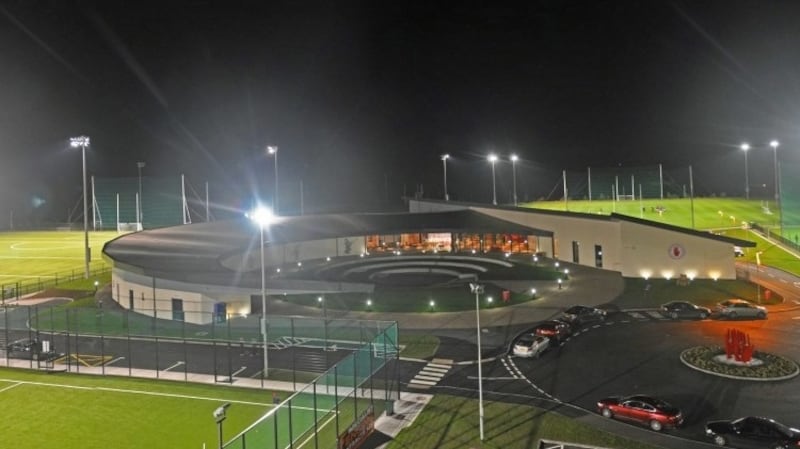
Kerry's biggest feature is that kids in that county aspire to wear the jersey. Mayo has a very strong football tradition and are driven by the hope of emancipating the county from the pain of coming so close so often. Galway has an assured sense of its own place. Donegal have managed to thrive after making a breakthrough in 2012, but I would be less certain of their ability to stay in that top tier unless football is resourced properly at board level.
The point is that all of these counties thrive on a kind of cause. It’s what creates the internal energy. Most counties don’t have that resource right now.
In 1997, I went I went down to Tralee to college. We won the Sigerson the following year.
The competition was actually held in Tralee. Because of that, we stayed in Killarney to prepare and we were put up in a very nice hotel. I remember that when we arrived, there was a flip chart in the corner of the meeting room and every single waking hour and detail was accounted for. I had never seen that at club or county level before. It was a level of organisation and a professionalisation of attitude instilled by Val Andrews and, later, Vinny O'Shea.
People made sacrifices. Moynihan was driving over from Glenflesk for 7am sessions
So we won the thing three years in a row. UCC were our big local rivals. When we would play, they often chanted “Come on, College.” The message was that they were playing for a proper university while we were “IT” students.
The 1999 Sigerson was played in Belfast. In the Queen’s students union on the night we were celebrating, the UCC lads started singing “Ye bought the Sigerson.” And the Tralee gang was singing back “We’ve got the cup and we can’t get rid of it.”
It's well known that the Tralee team was stacked with All-Ireland winners and players like Michael Donnellan, Seamus Moynihan and Pádraic Joyce. And we all got scholarships and we walked into this terrific training system.
Now, people made sacrifices. Moynihan was driving over from Glenflesk for 7am sessions. It wasn’t a professional set up. But in a way, we did buy those Sigersons through the quality of the set-up. The other teams weren’t in a position to match what Tralee had just then. That’s what is going on an inter-county level now.
Next summer, the Super Eight will be the big innovation. I’d really love to know what the GAA thinks that term “Super Eight” says to the other 25 counties. I feel it will further convince them to believe that there is nothing they can do about the situation.
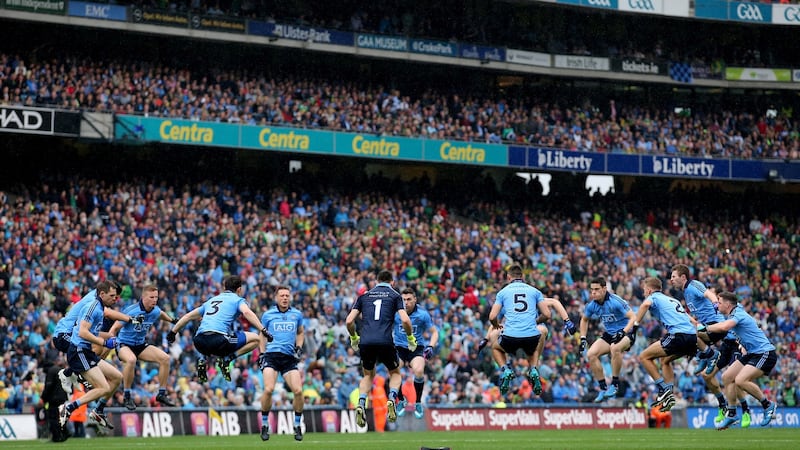
In the late 1960s, an American psychologist named Martin Seligman carried out a series of experiments using dogs grouped in harnesses who were subjected to electric shocks. One group could end the shocks by pressing a lever with their paws. But the third group could not and learned to believe that the shocks were inescapable.
In the next part of the experiment, the same group of dogs were placed in an area divided into boxes with low partitions. They could escape the shocks on one side by simply jumping the partition to the other side. But most of the dogs in the third group still believed they could do nothing to escape their fate and simply lay down and accepted the shock time and time again.
Seligman termed this behaviour “learned helplessness”. I think it describes the attitudes within many county boards right now. They simply exist. They believe that there is nothing they can really do to live with the big counties.
There will always be strong counties. But the GAA can make the game fairer.
Finance is one obvious area that is ripe for reform. The big counties like Kerry and Dublin have terrific brands. But if the GAA is a genuine amateur organisation and if it is proposing its marquee competition, the All-Ireland championship, as a fair contest, then how can four or five counties use their financial worth to shoot past the opposition? In a professional, commercial context, that is absolutely fine. But it is, by definition, unfair in an amateur arena.
What if that money was then pooled centrally and used to set up a nationwide coaching apparatus
What would happen, for instance, if rather than every county chasing its own sponsor, there was one central sponsor of every county in the championship?
Let's say that it is Coca-Cola. So every team, from Dublin to Carlow wears that logo on its shirt. AIG is willing to give Dublin €4 million. Bayern Munich has agreed a deal with Adidas for €900 million over 10 years. So could a uniform sponsorship deliver, say, €10 million to the GAA per annum? Surely that's not too much of a stretch.
What if that money was then pooled centrally and used to set up a nationwide coaching apparatus with a national high performance director and a high performance manager in each county? This would give young players the same access to coaching and benefits at primary, secondary and club level.
What if every county rolled out a nationalised programme incorporating everything from coaching to S&C to nutrition so that they have a chance to be the very best they can be?
I think that would change the mindset immediately. Dublin will always be a strong football county because they have 1.4 million people and they have a system in place now. So too will Kerry. But at least if a county like Carlow has a fairer share of funding, then the standards in those counties will rise.
In 2004, Armagh were probably the envy of most counties. They had a brilliant team and a terrific manager and a clear vision of how they wanted to play. They were driven, conscientious and ambitious. I think they were among the last of the old GAA pattern of an exceptional team “coming along” every so often.
The county gets a lift and interest becomes intense and then that team fades and things quieten down again.
Those rules don’t apply any more to the elite counties. This particular Dublin team will fade. But Dublin as an entity won’t. I believe the same is true of Kerry and also Tyrone.
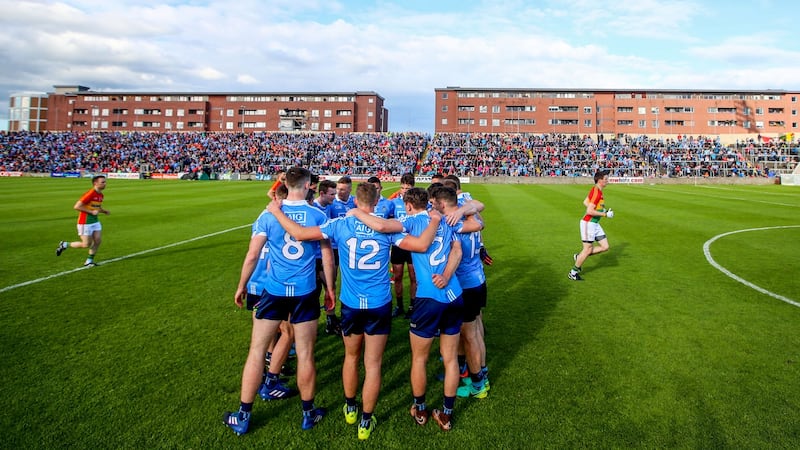
After that, it becomes more difficult to predict. I think there is a distinct danger of Gaelic football reflecting the hurling championship, with a handful of counties playing on an entirely different plane.
Like Mr Seligman's poor dogs, have come to feel that there is nothing they can do about it
But there is also a bleaker possibility that the entire championship will be reduced to a two-horse race. The best counties will keep pushing boundaries and trying to improve. Why wouldn’t they? They would be crazy not to.
The opposite will become true for those counties who, like Mr Seligman’s poor dogs, have come to feel that there is nothing they can do about it. They will lie there and accept their fate. We have seen this happen in too many championship games already this summer and there is worse to come.
The GAA must either act fast to change the collective thinking or else give up the pretence that the championship is a competition open to all counties.



